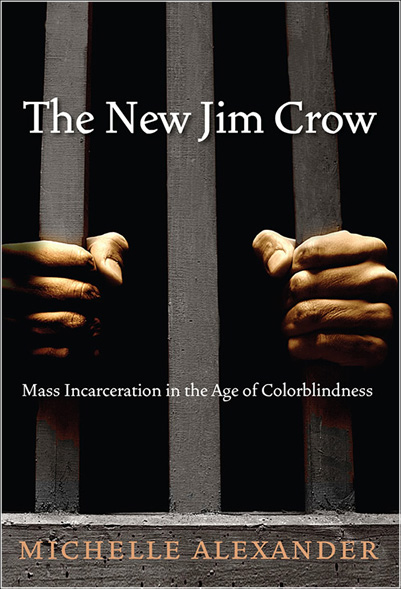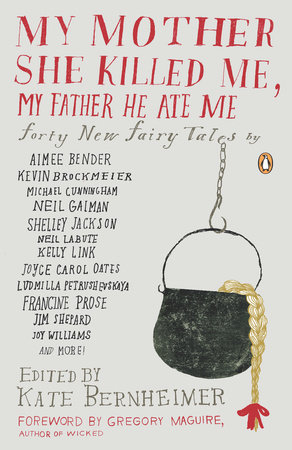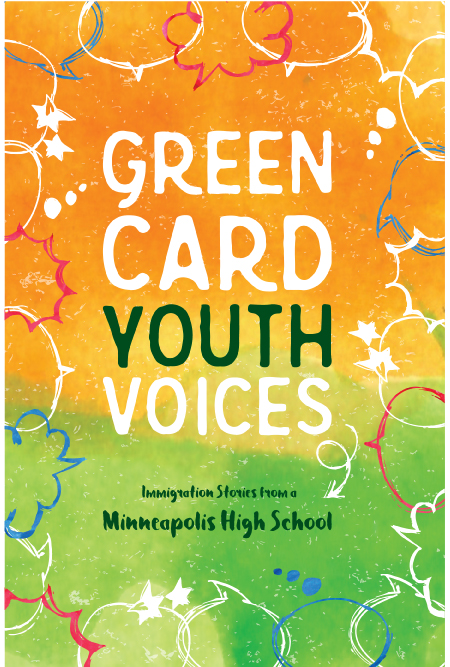What We’re Reading: February Round-Up

This post contains political opinions. This is not an apology; this is a declaration.
The new presidency has left many people heartbroken, angry, anxious, and fearful. Thanks to the new president and his administration, the list of jeopardized peoples and rights continues to grow: people of color, LGBTQ communities, women, immigrants, the environment, the arts, science, the freedom to protest, reproductive rights, health care, journalism, freedom of speech…the list goes on with astounding horror.
Climbing out of the anxiety-ridden horror of these acts is difficult but necessary. Contact your political representatives to let them know how you feel. Listen. Stand up for others. Expose yourself to opinions and communities outside of your own. Have difficult conversations. Support the organizations you care about, whether it be by donating, volunteering, and/or advocating.
Today’s staff round-up features a wide array of voices and stories (which we strive to do with all of our round-ups). We think these books can create empathy, challenge perspectives, open minds, inspire action, and build connections. This is the power of books. We’d love to hear about the ones you’re reading, too.
 The New Jim Crow: Mass Incarceration in the Age of Colorblindness by Michelle Alexander (The New Press, 2010)
The New Jim Crow: Mass Incarceration in the Age of Colorblindness by Michelle Alexander (The New Press, 2010)
Reviewed by Taylor
You might already be aware of some flaws in our criminal justice system: overworked public defenders, militarized police forces, and the three-strikes law, which imprisons even nonviolent offenders for life, but there is so much more injustice to uncover. In The New Jim Crow, civil rights advocate and law professor Michelle Alexander shows how police tactics, harsh sentencing, and shocking Supreme Court rulings work together to legalize racial discrimination under the guise of being “tough on crime.”
Referring to a famous birdcage metaphor, Alexander writes, “If one thinks about racism by examining only one wire of the cage, or one form of disadvantage, it is difficult to understand how and why the bird is trapped. Only a large number of wires arranged in a specific way, and connected to one another, serve to enclose the bird and to ensure that it cannot escape… Any given wire of the cage may or may not be specifically developed for the purpose of trapping the bird, yet it still operates (together with the other wires) to restrict its freedom.”
Scrutinizing that bird cage one wire at a time, you can see parallels to Jim Crow and slavery. Whether intentional or not, mass incarceration is our country’s latest way to legally discriminate against and revoke the rights of black Americans, especially young black men disproportionately targeted in the War on Drugs (despite not being any more likely to commit a nonviolent drug offense than their white counterparts), then slapped with a felony conviction, making it legal to deny them jobs, housing, education, public benefits, jury service, even the right to vote for their own lawmakers. This infuriating history lesson, conversation starter, and radical call to action is required reading in 2017.
 My Mother She Killed Me, My Father He Ate Me by Kate Bernheimer (Penguin Random House, 2010)
My Mother She Killed Me, My Father He Ate Me by Kate Bernheimer (Penguin Random House, 2010)
Reviewed by Josh
This month I’m finishing up something new and starting something old! I have a few more stories to read in Kate Bernheimer’s collection of new fairy tales, My Mother She Killed Me, My Father He Ate Me. The stories I’ve read so far have been fantastic: a story about Baba Yaga by Joy Williams, a reworking of Rumpelstiltskin by Kevin Brockmeier, and many, many more (40, actually!). The stories are reworkings of fairy tales from all over the world by authors all over the world. Once I’ve finished Bernheimer’s collection, I’m going to read Aldo Leopold’s 1949 book A Sand County Almanac, both because I’ve been feeling a little distance from nature these days and because (relatedly, probably!) I want to remember the world beyond winter. I love the cold beauty of winter, but I’m also looking forward to the grubby gardening of summer.
 Ascension by Jacqueline Koyanagi (Prime Books, December 2013)
Ascension by Jacqueline Koyanagi (Prime Books, December 2013)
Reviewed by Cassidy
I don’t know about y’all, but my typical go-to distractions (Facebook, Twitter, and even Instagram) have recently turned into a Vortex of Anxiety, overridden by terrifying headlines, personal stories of discrimination, and, of course, internet trolls. Don’t get me wrong—I try my best to stay informed, but sometimes I need a break from it all. Enter Ascension by Jacqueline Koyanagi. It’s chock-full of all of my favorite things—space, magic, and Gay Shit™—and contains so much diversity that reading it feels like waving a giant middle finger at POTUS. The story centers on Alana Quick, a sky surgeon who stows away on a starship and quickly gets more than she bargains for. The chief engineer thinks he’s a wolf, the pilot fades in and out of existence, and Alana can’t keep her eyes off of the smug (and all-too-gorgeous) captain. But beyond that, Alana soon learns that there are even larger forces at work—forces that threaten not just the starship but the entire galaxy. You want representation? This book’s got it. Ascension has complex, developed representation the likes of which I’ve literally never seen before. Characters of color. Queer and polyamorous characters. Characters who deal with chronic pain and mental illness.
 Hawkeye by Kelly Thompson, Leonardo Romero, and Jordie Bellaire (Marvel, 2016)
Hawkeye by Kelly Thompson, Leonardo Romero, and Jordie Bellaire (Marvel, 2016)
Reviewed by Aaron
Hawkeye stars Kate Bishop, previously co-star of Young Avengers and an earlier volume of Hawkeye. Now she’s the sole star, moved to LA to pursue a career in private investigation. Hawkeye is visually unique and distinctive; spreads and panels are often drawn in a sort of “Hawkeye vision” with translucent bullseyes hovering over key parts of the scene, whether those key parts are bad guys or nice abs. Unfortunately, the story doesn’t quite keep up with the visuals. Kate, who has previously been shown as competent and mature (often in contrast to her less competent and/or less mature co-stars) comes off sounding a bit dumb and stifled.
This “narrative” has Kate tracking a cyber-stalker on a college campus, which seems like a good narrative for a vigilante. When I’ve heard about people being stalked and harassed online, police often say that they’re powerless. Time for a cool, extra-legal superhero to step in! But the story steps square into one of my least favorite fantasy tropes: the bad guy is doing bad things because he’s being mind-controlled. Superheroes work a lot of the time because they’re relatable—their problems are ours, but the barriers are exaggerated. Spider-Man needs money to pay his rent, but the Green Goblin is in the way. Captain America has PTSD, but he also has to stop a super-Nazi. This reflects (for me, at least) how dealing with things when we’re stressed, in mourning, or overwhelmed, can seem huge and impossible.
But by yoking a real-world problem (stalking) with a fantastical source (mind-control), the rhythm of the story can start to feel muddied. Are the stalkers not to blame? Is mind control a metaphor for, like, the online spaces where white men are radicalized? Does defeating the source of the mind control end bullying?
To be fair, only two chapters of this newest volume have been released. Everything could be made clear before the story’s end. You still have time to find out for yourself!
 Green Card Youth Voices: Immigration Stories from a Minneapolis High School by 30 Wellstone International High School students (Green Card Voices, 2016)
Green Card Youth Voices: Immigration Stories from a Minneapolis High School by 30 Wellstone International High School students (Green Card Voices, 2016)
Reviewed by Wren
Green Card Voices is a nonprofit organization based in Minneapolis that gathers stories from recent immigrants to the U.S., and shares them via videos on their website. Their youth branch does this same thing, but goes a step further to publish youth immigrant stories in a book as well. This Minneapolis edition is their first book, although they are now working on a book from Fargo, MN students, and a third from St. Paul students. (Stay tuned for a Writing Life post soon, from a conversation I had with Tea and a few students who will be featured in the St. Paul essay collection.)
With Trump’s recent ban on immigration, I find it ever more important to put faces and personal stories to the national dialogue around immigration. When you read this book, or listen to immigrant stories online, you learn how much of a struggle it often is to get to the U.S., and how that continues as one lives here. You hear about families having to live oceans apart, without knowing when they’ll be able to see each other again. You learn about the terror many immigrants have faced in their origin countries, and how they have come to the U.S. in search of safety, better education, and opportunities. Reading these stories creates compassion and empathy for families searching for refuge. There are 30 essays written by students from 13 different countries, including some of the countries that Trump has targeted with his immigration ban.
After recording their video stories, the high school students work with college students to turn the video transcripts into personal essays. Tea asks the editors to largely leave the narratives from the students in their own voice—to not attempt to make the personal essays more “literary,” at the cost of the personal voice of the student. As Tea told me, this is so you can listen with your heart, rather than just your brain. I encourage you to read these stories as such: one human, connecting to another human.





